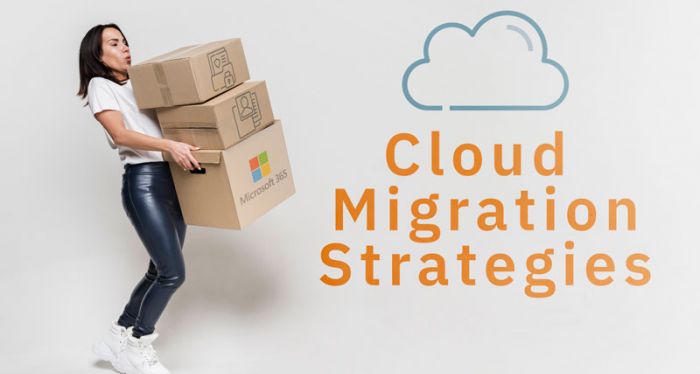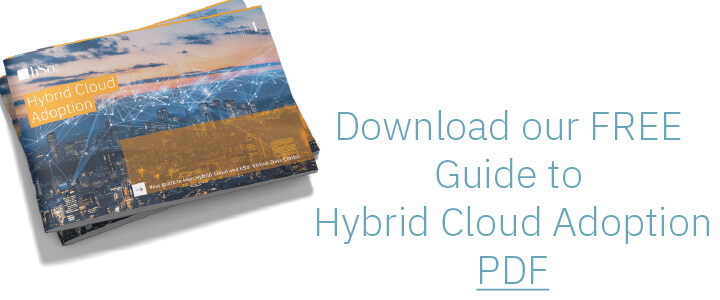The six R’s of migrating applications to the cloud
Views, News & more

The six R’s of migrating applications to the cloud
In this piece, we’ll examine six different strategies to help you migrate your applications to the cloud. These six strategies, the “six r’s”, are the most common strategies undertaken by companies migrating their applications to a cloud infrastructure.
Migrating applications to the cloud is typically done during the second phase of cloud migration: Portfolio Discovery and Planning. This phase involves a company determining what they have in their environment, the interdependencies of these things, whether applications are going to be easy or difficult to migrate and how they will go about migrating each one.
During a wider migration to a cloud environment, these six strategies can help you plan how to migrate each individual application in your portfolio and in what order.
1 – Rehosting
Rehosting, AKA “lift-and-shift”, is often undertaken by businesses undergoing large legacy migrations, in which the company is looking to quickly scale its migration to meet a business case.
Rehosting can largely be automated through tools such as AWS VM Import/Export, but can also be done manually. Manual rehosting is an option preferred by some businesses learning to apply their legacy systems to their new cloud platform.
2 – Replatforming
Replatforming generally involves making a few cloud-based optimisations to an application, without otherwise changing its core architecture.
A company may want, for instance, to reduce the time spent managing database instances by moving to a database-as-a-service platform such as Amazon RDS.
3 – Repurchasing
Repurchasing involves moving to a different product entirely and is commonly done during moves to a SaaS (Security-as-a-Service) platform. A company may, for example, move its CMS to Drupal, its HR system to Workday or its CRM to Salesforce.com.
4 – Refactoring or Re-architecting
This is when a company reimagines the architecture and development of an application, generally utilising cloud-native features. A business may do this if they want to add scale, performance or other features that may be difficult within the confines of the application’s existing environment.
This is among the most expensive migration strategies for applications, but if the company achieves the right product-market fit, it can deliver the most lasting benefit.
5 – Retire
Often during a cloud migration, a business will find that around 10 per cent of its IT portfolio is no longer needed and can be got rid of entirely.
Retiring applications can deliver cost savings whilst also improving efficiency and security by redirecting a team’s attention to the things that customers actually use and reducing the surface area requiring protection.
6 – Retain
Retaining an application generally means that a company does not, for the moment, want to do anything with the application, but may revisit this in future (generally either to migrate or retire the application).
This might be the course of action taken if a company is still seeing out some depreciation on an application, if the application was recently upgraded prior to the migration and isn’t currently a priority, or if a business is otherwise not inclined to migrate it.
Often, an application that has been retained may ultimately be retired as the company’s portfolio shifts more from on-premises to its new cloud environment.
A good rule of thumb to follow if your company is undertaking a cloud migration is to only migrate the applications that make sense for your business. This will help ensure a streamlined cloud environment and help your business refocus on what really matters.
Get in touch
020 7847 4510
We may process your personal information in order to send you information you request, measure and improve our marketing campaigns, and further our legitimate interests. For further details, see our privacy policy.
Contact us
-
- Head Office:
- hSo, 50 Leman Street, London, E1 8HQ
- Switchboard:
- 020 7847 4500
- Support (24x7):
- 0333 200 3337
- support@hso.co.uk
- Marketing & Sales:
- 020 7847 4510
- info@hso.co.uk


















